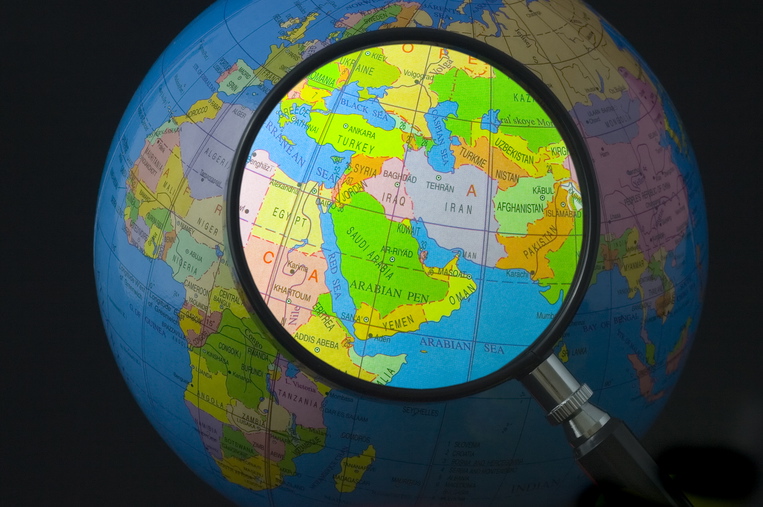Key Points
- The interest of the United States in the Middle East was initially predicated on the region’s energy resources.
- That interest later diversified into keeping Soviet influence out of the region during the Cold War.
- The Iranian Revolution in 1979 saw attitudes towards the US change in that country because of perceptions that it had worked with the Shah to subjugate Iranians.
- The current perception of the US in Saudi Arabia is a complex one: the US remains an ally but it is, in some ways, being replaced by China.
Summary
The United States has had a close relationship with the Middle East region since the Second World War. Since it was perceived as the main agent of the Allied victory in that war, many Arab countries that had previously had strong affiliations with Great Britain instead associated their primary interests, including their security interests, with the US while continuing to have a strong association with Great Britain. The relationship worked well for a while and was mutually beneficial. Washington sought to maintain a stable environment in the region and developed strong relationships with individual countries, such as Saudi Arabia and Persia, as well as the smaller states.
Poor administration, authoritarianism and poor policy decisions on the part of several regional leaders, notably the Shah of Iran, Mohammed Reza Pahlavi, coupled with a perceived willingness on the part of the US to ignore that state of affairs and the suffering of the people, saw a change in the attitude of many people in the region towards the US. The Islamic Revolution in Iran in 1979 was a watershed in Washington’s relationship with the region as well as for the region itself. The US was forced out of Iran, apart from a number of Americans who were taken hostage at the US Embassy in Tehran, and declared to be a “Great Satan” by Iran’s Supreme Leader, the Ayatollah Khomeini. The Islamic Revolution also created a schism between Iran and other Shi’ite-majority countries in the region and the Sunni-majority ones, led by Saudi Arabia. Since that time, neither situation has been resolved.
Analysis
Since the 1950s, when the US developed an abiding interest in the Middle East, the region has remained stable for sustained periods, with brief interludes of conflict or political change. That interest derived from the recognition in Washington that influence over the Middle East’s energy resources would assist it in also influencing post-war reconstruction efforts in Europe and the region and in its ideological competition with Communism. Washington’s Middle East policies aimed to balance competing priorities while emphasising a secure and stable environment. Some observers and policymakers have argued that US interests in protecting the political rights and improving the socio-economic conditions of the inhabitants of the region are worthy aims only to the extent that they do not interfere with other goals. This argument assumed that citizens in many Arab states would not be swayed by US advocacy and assistance and/or that those citizens had minimal opportunities to express dissent in ways that could challenge their governments’ co-operation with the United States. Other analysts and US officials argued that US investments in the advancement of political rights and the development of societies in the Middle East could serve as potential instruments of strategic policy; in effect, a down payment on regional stability and a safety valve against popular demands for swift or disruptive change. This argument assumed that US engagement, advocacy, and assistance could build a broad basis for bilateral co-operation and/or that failure to respond to popular dissent or to disassociate the United States from abuses by partner governments could produce a harmful backlash. The latter approach rarely prevailed.
Read the article by Lindsay Hughes, Senior Research Analyst, Indian Ocean Research Programme on Future Directions International.

